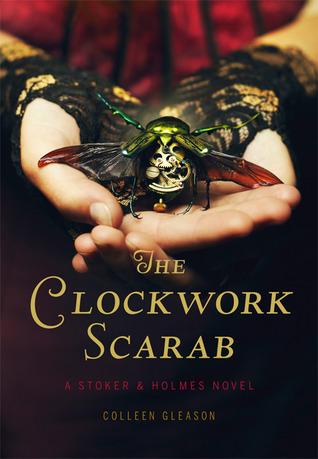The Goodbye Girl is excessively genial. Usually at the expense of lead Marsha Mason. It’s her movie too. Not hers to lose, because it’s so much her movie–she’s The Goodbye Girl–instead hers to be taken away. And take it away writer Neil Simon does. The film starts being about single mom Mason getting dumped by her live-in boyfriend. He’s a New York actor, she was a Broadway dancer. He goes to Italy, dumping her and the kid (Quinn Cummings) instead of taking them to L.A. as promised.
Of course, the ex-boyfriend is never in the movie. He’s got his pictures up all over the apartment, but he’s never in the movie. It’s the best thing Simon and director Ross end up doing in the film. The establishing of this awful ex-boyfriend just through exposition and visual suggestion.
The ex sublets the apartment out from under Mason and Cummings. Enter Richard Dreyfuss, Chicago actor come to New York, subletter.
The apartment is central to the film. Simon’s script has play trappings while still paced like a movie; Ross never goes stagy. The direction’s not great, but it has a lot of depth. The apartment becomes gradually familiar in the first half of the film. It becomes comfortable. Even though Mason and ten-year old Cummings are living with part-time nudist, wheat germ enthusiast Dreyfuss. Though all of Dreyfuss’s first act eccentricities disappear right after being established.
Goodbye Girl has some behind-the-scenes drama and some of it might explain Simon’s disjointed script. But the lack of consistency just comes off as lazy. It makes a lot of Simon’s set pieces come off contrived. Especially once they become at the expense of Mason. First couple times, it’s not at the expense of screentime for her, it’s at the expense of her performance. See, once Dreyfuss warms to Mason–which seems impossible after their first few scenes together–and takes a liking to Cummings (who’s likable in the thinnest part in Simon’s atomic-thin cast of characters), he sort of starts stalking her. Like he goes to her job to mess with her.
Then Mason stops doing anything but decorating; once she and Dreyfuss do hook up, she stops caring about anything except redecorating.
The movie has some problems with plotting. Ross doesn’t do summary well so it’s never clear how long they’re living together before the third act. It just makes for a disjointed picture–Dreyfuss and Mason go from bickering funny to romantically funny in about five minutes. And it’s Dreyfuss becoming a completely different character.
That character is far from an organic development. The movie doesn’t even really acknowledge that his character is developing. While he should be warming up to Mason and Cummings, Dreyfuss is busy in the play from hell subplot with Paul Benedict as a misguided but insistent director.
So, while Dreyfuss is doing all that stuff, Mason gets to keep her movie. Then she loses it.
By the finale, all Goodbye Girl has got keeping it going is the charm of its three stars. Because everyone else in Goodbye Girl is disposable. It’s just Dreyfuss, Mason, and Cummings. If their parts were stronger, it’d be enough. If their parts were at least consistent, it might be enough.
The film’s dramatically inert. But pleasant–even when it’s being creepy–and amiably acted. David M. Walsh’s photography doesn’t help with the excess geniality. His lighting is too soft. Dave Grusin’s score is a little light too. Everything in Goodbye Girl is too thin, too soft, or too light. They have to be to match Simon’s unsubstantial script.
 ★★
★★
CREDITS
Directed by Herbert Ross; written by Neil Simon; director of photography, David M. Walsh; edited by John F. Burnett; music by Dave Grusin; production designer, Albert Brenner; produced by Ray Stark; released by Warner Bros.
Starring Marsha Mason (Paula McFadden), Quinn Cummings (Lucy McFadden), Richard Dreyfuss (Elliot Garfield), Paul Benedict (Mark), Barbara Rhoades (Donna), and Theresa Merritt (Mrs. Crosby).
RELATED
- OTHER FILMS DIRECTED BY HERBERT ROSS
- OTHER 1977 RELEASES
- More





